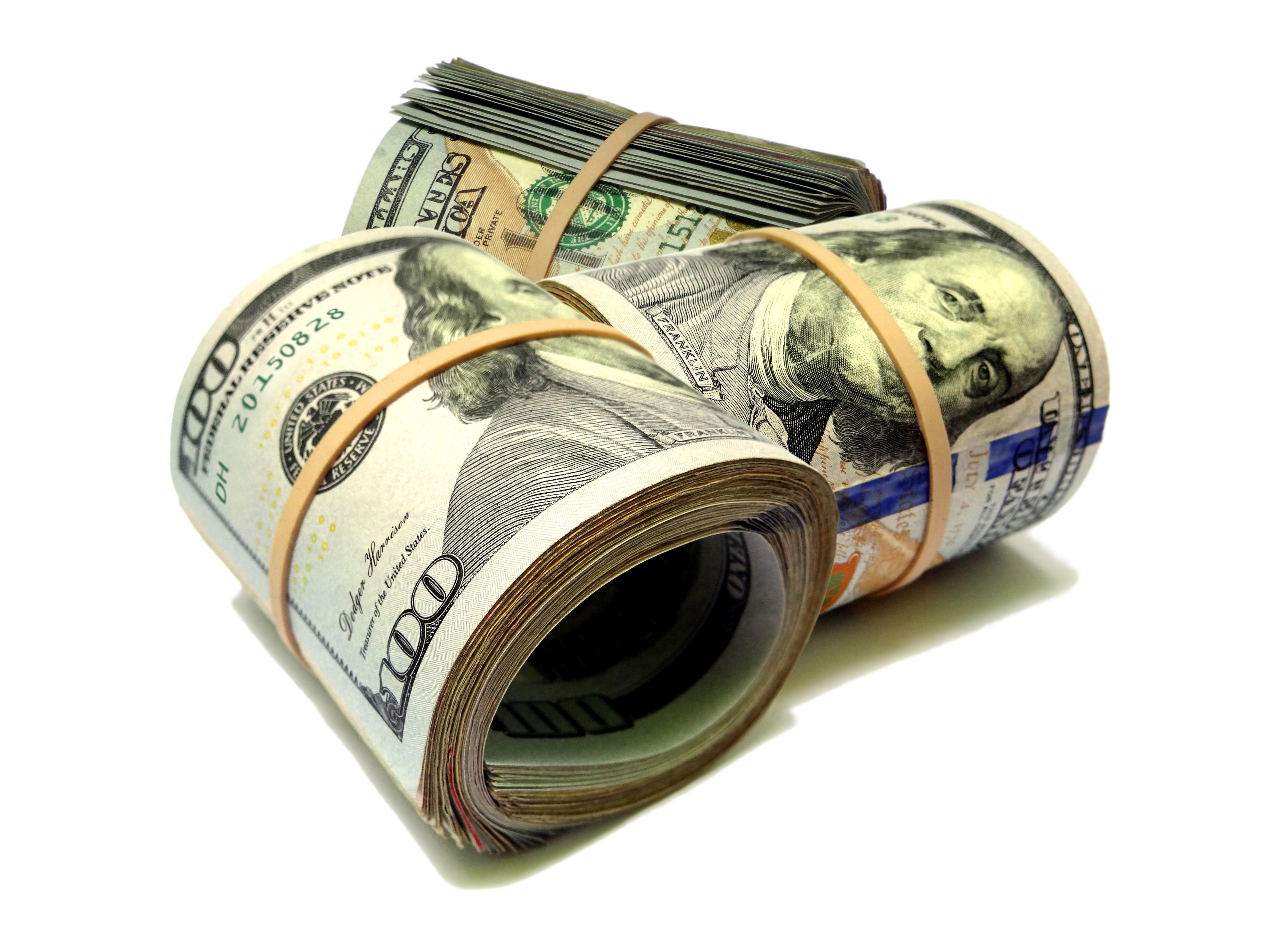
29 Oct 529 plans and student loans
Photo: DodgertonSkillhause/morguefile.comQ. Can I use a 529 plan to pay off student loans?
— Debt-ridden
A. The answer is yes, but it’s not all that simple.
While we all think of student loan repayment as an educational expense, the IRS doesn’t see it that way.
529 plans withdrawals are tax-free when they’re used to pay for so-called “qualified education expenses,” which include tuition, books and room and board.
Student loans, in the eyes of the IRS, are not a qualified educational expense.
So while you can use 529 funds to pay off loans, the withdrawal is then considered a non-qualified distribution.
“By taking a non-qualified distribution from a 529 plan, you’ll have to pay taxes on the gains portion of your withdrawal, as well as a 10 percent penalty on those gains,” said Jill Williams, a certified financial planner with MetLife Premier Client Group in Montclair.
That’s because the IRS wants to make sure you’re not double dipping when it comes to tax benefits.
Let’s use this example. Assume you pay $5,000 to the school for tuition.
You can deduct that amount on your income tax return if you paid the bill with cash or loan proceeds, but not if it was withdrawn tax-free from a 529 account, said Peter McKenna, a certified financial planner with Highland Financial in Riverdale.
He said if you were able to deduct the tuition when you paid it, and later used the tax-free 529 money to pay off the loan, you would get two tax benefits for the same outlay, McKenna said.
That’s what the IRS doesn’t allow.
Even though you can’t do this as a tax-free withdrawal, the tax implications of doing so may not be too onerous, McKenna said.
Non-qualified distributions will be treated as pro-rata distributions of principal and gains. He offered this example:
Let’s assume you withdraw $5,000 to pay off the loan and $3,000 is your principal and $2,000 is the cumulative gain. The $3,000 withdrawal of principal is tax-free as you are simply getting your original money back. There will be a 10 percent penalty on the gain — 10% x $2,000 gain = $200 — for using 529 money for a non-qualified withdrawal. In addition, the $2,000 gain will be taxable as income.
“The income tax due on the gain will differ depending on who receives the benefit,” McKenna said. “It can be at the former student’s rate or at the account owner’s rate.”
If the former student is still in their early earning years, the tax rate may be quite low. It could even be zero, McKenna said. This is especially true if they are not employed full-time for the entire tax year, which is what happens for most new graduates.
“If we assume a 15 percent tax-rate on the $2,000 gain, that would be an additional $300 tax due,” he said. “So in this example, a $5,000 non-qualified withdrawal could result in a $500 tax bill inclusive of the penalty.”
You need to compare that expense to the interest expense of maintaining the loan to decide your best course of action, McKenna said.
Williams agreed that in today’s low interest rate environment, even with taxes and penalties on earnings, it may make sense to use 529 funds to pay down student debt — especially to get rid of the higher interest rate unsubsidized loans you may be carrying.
Don’t make any decision in a bubble. Run the numbers with your tax preparer before you make any moves you can’t undo.
Email your questions to Ask@NJMoneyHelp.com.
This story was first posted in October 2015.
NJMoneyHelp.com presents certain general financial planning principles and advice, but should never be viewed as a substitute for obtaining advice from a personal professional advisor who understands your unique individual circumstances.
